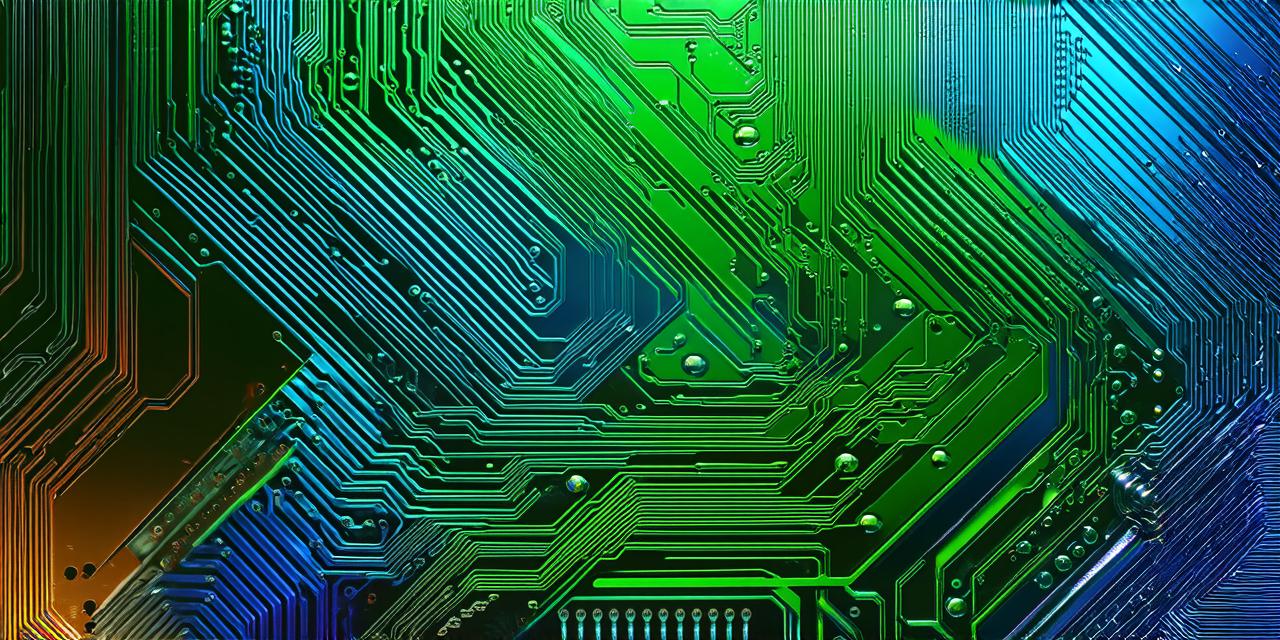
As technology continues to evolve, mixed reality (MR) is becoming increasingly popular among developers, businesses and consumers alike. MR combines the best of virtual reality (VR) and augmented reality (AR), allowing users to experience a blend of real-world environments and digital elements.
What is Mixed Reality?
Mixed reality (MR) refers to a technology that combines virtual elements with real-world environments, creating an immersive experience for users. MR systems use a combination of sensors, cameras and software to track the user’s position and movements, allowing them to interact with digital objects in real time.
The Advantages of Mixed Reality
Enhanced Collaboration
Mixed reality technology provides an environment where people can work together in real-time, even if they are located in different parts of the world. This allows for greater collaboration and communication between team members, making it easier to share ideas and work on projects together.
Improved Training and Education
Mixed reality technology is an excellent tool for training and education, as it provides an immersive and interactive environment that can help users learn and retain information more effectively. By using MR, students can experience real-world scenarios in a safe and controlled environment, allowing them to practice their skills and gain hands-on experience without the need for expensive equipment or dangerous situations.
Increased Engagement and Interaction
Mixed reality technology provides an engaging and interactive experience for users, which can increase engagement and interaction with digital content. This can be particularly useful in marketing and advertising campaigns, where MR can help create immersive experiences that capture the user’s attention and encourage them to interact with the brand.
Enhanced Visualization and Planning
Mixed reality technology provides an excellent tool for visualization and planning, allowing users to see how digital elements will fit into real-world environments. This can be particularly useful in architecture and design, where MR can help create immersive experiences that allow users to visualize and test different designs before committing to them.
Case Studies: Real-Life Examples of Mixed Reality in Action
1. HoloLens: Microsoft’s Mixed Reality Headset
Microsoft’s HoloLens is a popular mixed reality headset that has been used in a variety of industries, including manufacturing, healthcare and education. For example, the Ford Motor Company used HoloLens to train its engineers on how to assemble complex car engines, allowing them to visualize the assembly process in a 3D environment.
2. Magic Leap: A Mixed Reality Platform for Businesses
Magic Leap is a mixed reality platform that has been used by businesses such as Coca-Cola and McDonald’s to create immersive advertising experiences. For example, Coca-Cola used Magic Leap to create an interactive advertisement for its new zero-sugar drink, allowing users to visualize the product in a 3D environment and learn more about its benefits.
3. Aurasma: An AR Platform that Can be Used for Mixed Reality Experiences
Aurasma is an augmented reality platform that can also be used for mixed reality experiences. For example, the app has been used by IKEA to create an immersive furniture experience, allowing users to visualize how different pieces of furniture would look in their home before making a purchase.
FAQs: Answering Common Questions About Mixed Reality
Q: Is mixed reality the same as virtual reality?
A: No, mixed reality combines virtual elements with real-world environments, while virtual reality is a completely immersive digital environment.
Q: What kind of hardware is needed for mixed reality experiences?
A: Mixed reality experiences typically require specialized hardware such as headsets or wearable devices that can track the user’s position and movements.
Q: Are there any industries where mixed reality technology is not suitable?
A: While mixed reality technology has a wide range of applications, it may not be suitable for all industries or use cases. For example, some industries such as healthcare may have strict regulations around data privacy and security that could limit the use of mixed reality technology.
Summary: The Future of Mixed Reality
Mixed reality technology is an exciting and rapidly evolving field with a wide range of applications across various industries. By combining virtual elements with real-world environments, MR provides an immersive experience that can enhance collaboration, training and education, engagement and interaction, and visualization and planning. While there are challenges and limitations to consider, the potential benefits of mixed reality technology make it an attractive option for businesses and developers looking to create innovative and engaging experiences. As the technology continues to evolve, we can expect to see even more exciting applications and use cases emerge in the future.



